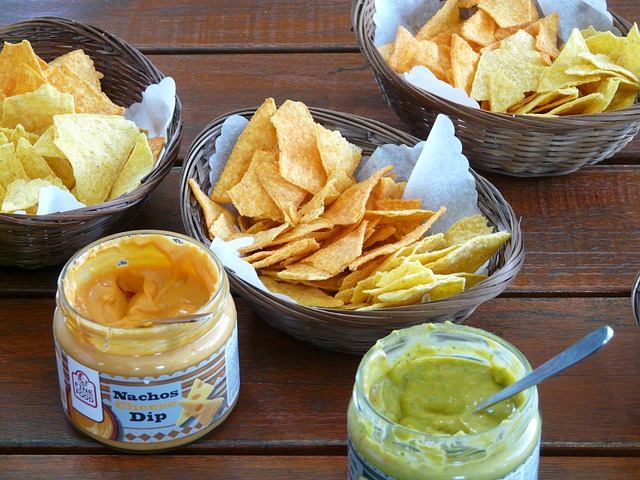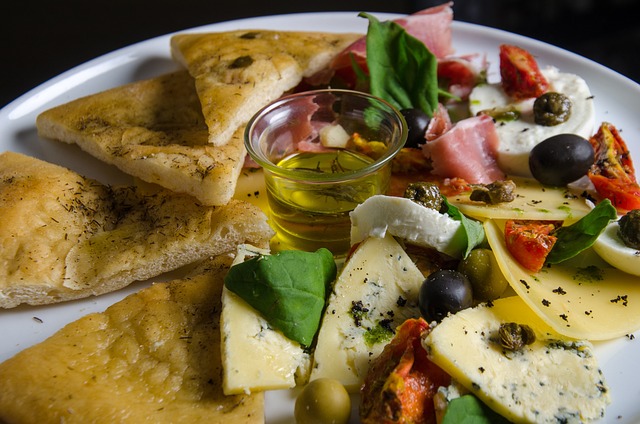Mission Classic Tortilla Chips, rooted in Mexico's indigenous cooking traditions, are celebrated for their golden color and crisp texture, achieved through artisanal hand-cutting and small-batch frying with pure vegetable oil in communities like Pilsen. This method preserves a rich flavor and craftsmanship lacking in modern mass production, making them a beloved global snack and cultural heritage representation that brings communities together.
“Discover the crispy delight that is Pilsen’s fresh tortilla chips—a far cry from their mass-produced counterparts. This article delves into the rich history of these chips, highlighting how local producers in Pilsen maintain traditional crafting methods. From sourcing authentic ingredients to ensuring quality control, we explore what makes these chips a Mission Classic. Learn about the art of handcrafting and find out where to buy these locally produced treats while supporting small businesses. Pair them with your favorite dips and sauces for the ultimate culinary experience.”
The History of Tortilla Chips: A Pilsen Perspective

Tortilla chips, a beloved snack worldwide, have an intriguing history that dates back centuries in Mexico. The origins can be traced to the indigenous peoples who would cook corn tortillas until they crisp, creating early versions of what we know today as chips. Over time, this simple treat evolved and made its way across borders, eventually becoming a global phenomenon.
In Pilsen, the story of tortilla chips takes on a unique twist. Local artisans and families have played a significant role in shaping the classic Mission-style Tortilla Chips that are now synonymous with the region. These chips, known for their golden hue and crisp texture, have become an integral part of social gatherings and everyday meals, offering a taste of tradition and cultural heritage with every bite.
Traditional vs. Modern Production Methods

In the traditional production method, making tortilla chips involves a labor-intensive process that has been passed down through generations in communities like Pilsen. Corn tortillas are hand-cut into triangles and fried in small batches using pure vegetable oil, resulting in crispy, golden chips with an authentic taste. This time-honored technique preserves the artisanal quality and rich flavor that makes Mission Classic Tortilla Chips a beloved staple for many.
Modern production methods, while efficient, often lack this level of craftsmanship. Industrial machines slice and fry tortilla dough at high speeds, producing large quantities of chips that may sacrifice texture and taste. At their core, however, both methods share the same simple ingredients—corn, oil, and salt—and the goal to create a beloved snack that complements any meal or gathering.
In exploring the history and production methods of tortilla chips, particularly from a Pilsen perspective, it’s evident that traditional craftsmanship meets modern innovation. While classic methods like hand-rolling and stone-grinding preserve the authentic flavor and texture of Mission Classic Tortilla Chips, contemporary techniques enhance efficiency and consistency. This balance ensures that Pilsen’s tortilla chips maintain their status as a beloved snack, satisfying both tradition-holders and those seeking new culinary experiences.
